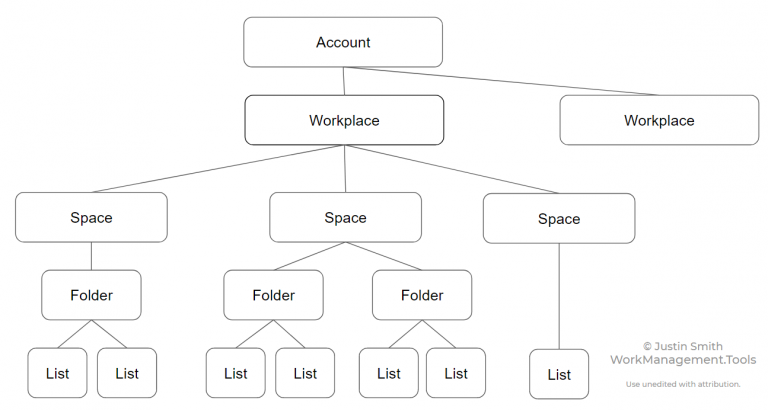
Any links mentioned will be grouped after their belonging app/website, removing the need to infinitely scroll after them. What’s neat is that you can invite external users to comment on a task - thus streamlining the eternal back and forth between you and your clients.

Same goes for subtasks if they’re much more complex than you first anticipated. Or transform them into subtasks to spare you the effort of adding them again. Tasks display subtasks with similar features too, in case you need to break them down and have the same control level. They include repeat triggers that change the status of a task for a given event, like switching the initial task dates or adding a new one. If this is still not enough, you can semi-automate your process through repetitive tasks. Repeat this which each task and you should be set. Just specify which tasks to wait for and which to block until completion. They range from text, dropdown menu, or email, to checkbox, currency, or calculated value (similar to the sum expression from Excel).įor a better control over how projects unfold, there’s also the possibility to set dependencies between tasks without resorting to a Gantt Chart. If you can’t find a field that you’re used to work with, then add a custom one from the three ellipses on top. So far, basic project management features. You can move tasks to different spaces and projects, assign multiple users for shared responsibilities, set dates and task budgets using natural language (1h, 1d, 1w), even flag priorities to better organize yourself and your team. Quite useful if you’re a serious multitasker like me. This last feature is in fact a browser situated at the bottom left, with tasks instead of tabs, for when priorities change in a matter of seconds or the notification system is just too much to handle. Upon creating one, a pop-up allows you to access the task details, copy the link, or minimize it in the Task Tray. Ideal for managers who need a top-down view on how things are going company wide. These represent the life cycle of a task and come with extra sorting & collapsing options, in case the status is empty and you need to clear some space.Īll these views can act as meta views if you select the All Spaces option in the top left.

Checklists - These are in fact simple subtasks, with only two task statuses (Done/Not done) and assigned users. One big warning (or bug perhaps): the subtask date range can exceed the parent task range, which makes the Gantt Chart hard to follow.Ħ.

Although my colleague, who accepted the invite later on that day, got plenty of notification emails while I played around and assigned tasks for him. Asana, Trello, Jira, Basecamp, and Todoist.

ClickUp marches on with their uniqueness in the form of Assigned Comments and Me vs Team dashboards, features which can be found in most apps of its kind, and the possibility to import projects from the “boring guys” a.k.a. In terms of email frequency, the greeting email is again bold to say the least. Useful since you don’t need to resort to the help page (“Docs” as ClickUp calls it) for additional info. Like in Paymo’s case, there's a filled up project that encourages you to perform certain actions with the help of inline tips and expandable GIFs. I wonder if they’re legit, as in have a real use case, or are just for the buzz You’ll then be asked to create your own project from scratch or choose from 20 different templates, even ones for managing crypto ICOs and VC funding rounds. A bit weird that they define basic project management features as optional ones (ClickApps) if you ask me.


 0 kommentar(er)
0 kommentar(er)
